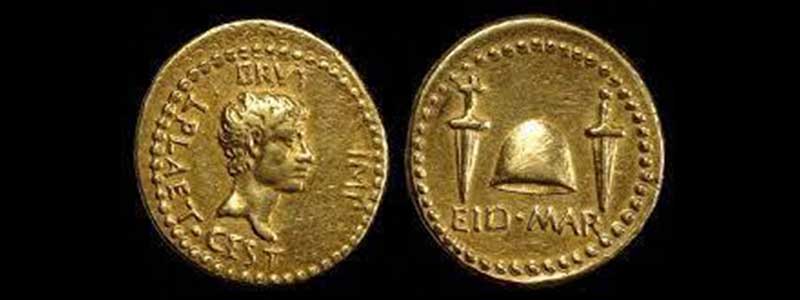The assassination of Julius Caesar is one of the most infamous events in ancient history, and it has captured the imagination of scholars and enthusiasts for centuries. While there are countless texts and artifacts that shed light on this pivotal moment in Roman history, one of the most intriguing and enigmatic is the “Assassination Coin”. This small, silver denarius features a portrait of Marcus Junius Brutus, one of the key conspirators in Caesar’s murder, and bears the inscription “EID MAR”, which translates to “Ides of March” – the day of Caesar’s assassination.
But what is the story behind this coin, and what can it tell us about the assassination of Julius Caesar and its aftermath? In this article, we will delve into the history and significance of the “Assassination Coin”, exploring its origins, its cultural context, and its enduring legacy. From the political turmoil of ancient Rome to the present-day fascination with the events of the Ides of March, this is your comprehensive guide to the mysterious and intriguing “Assassination Coin”.

